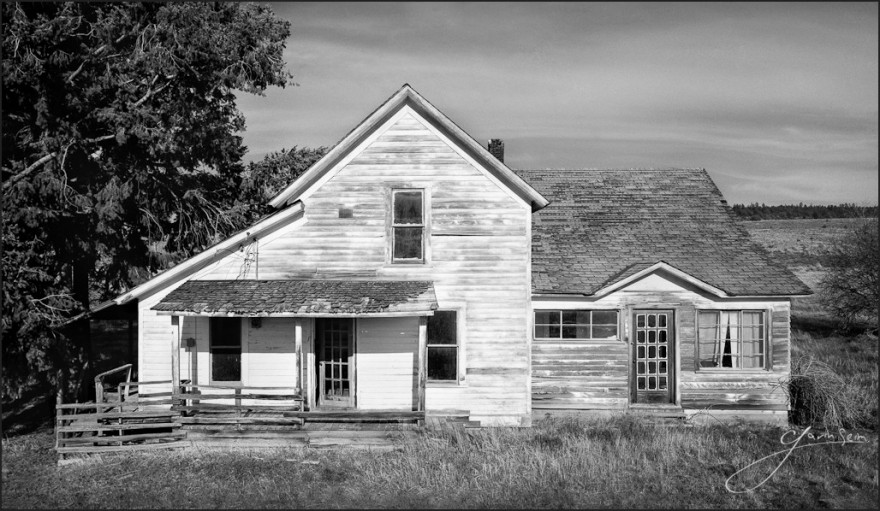
by Gavin Seim: When I was starting out you we’re not even regarded as a respectable portrait photographer unless you used at least medium format. How things have changed. But this mobile photography for the sake of it is a passing fad.
The camera in your iPhone costs about ten dollars to make – Now I was browsing Facebook the other day I found the above reference photo I posted while on our Spring 2012 tour. I remembered that morning, the light on the trees and how my 4 year old son rode with me to greet the sunrise. It was a good memory. But next I compared it as a photographer to the final print version of Winter’s End. That promoted me to compare others, from both film and digital, comparing them to their mobile counterparts.
A great image is more than the sum of it’s tech specs – But when those details are far below the sum of it’s artistic merit, it brings down the entire work.
What was really illustrated was the vast difference between a point and shoot image and a quality photograph. Even I had not realized how poor the quality was. The phone photo is a good reference and helped me plan and log I wanted to produce. It was also fun travel memory and some might say it was “good enough”. But I’ve learned that “good enough” is not how we produce great images to stand out in today’s market.
I see more and more people acting as if phones are serious cameras. Sometimes even touting it as something special. This bothers me because a low grade camera is not a feature of your art (and make no mistake, your phone camera is low grade). It’s true that gear does not make a photographer. But low image quality can make even the most accomplished photographer look like an amateur. Comparing a phone snap to a professional level camera is a bit like comparing a Prius to a dragster.




 Gavin Seim takes a peek at the legendary Olympus 35RC. An amazing compact rangefinder that comes at a great price tag. It’s our first PC video podcasts. Excuse the audio quality. —
Gavin Seim takes a peek at the legendary Olympus 35RC. An amazing compact rangefinder that comes at a great price tag. It’s our first PC video podcasts. Excuse the audio quality. —